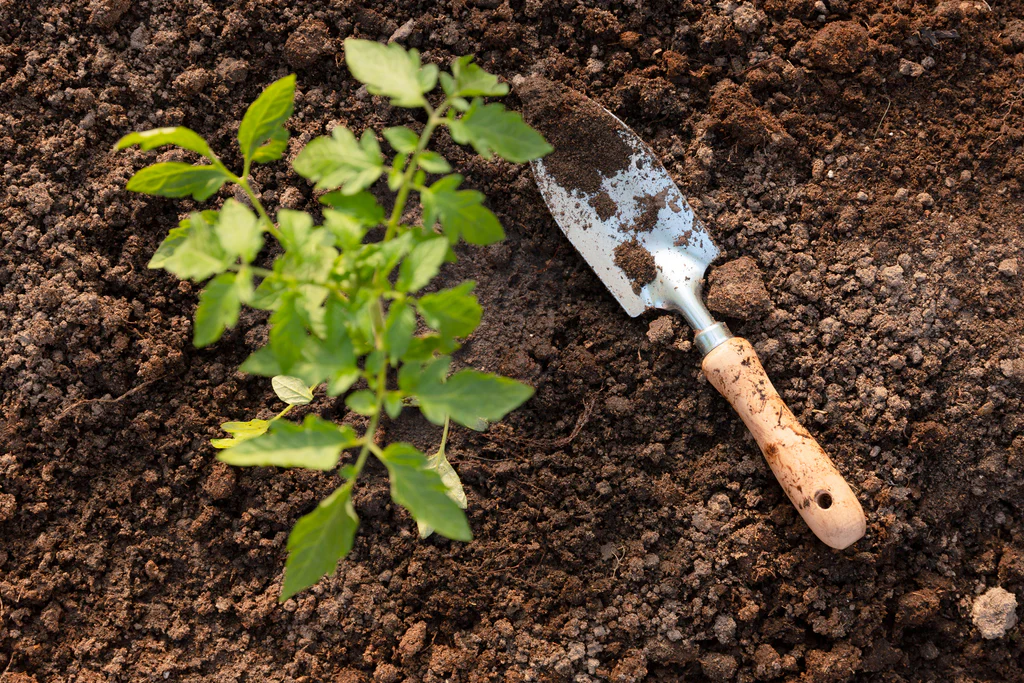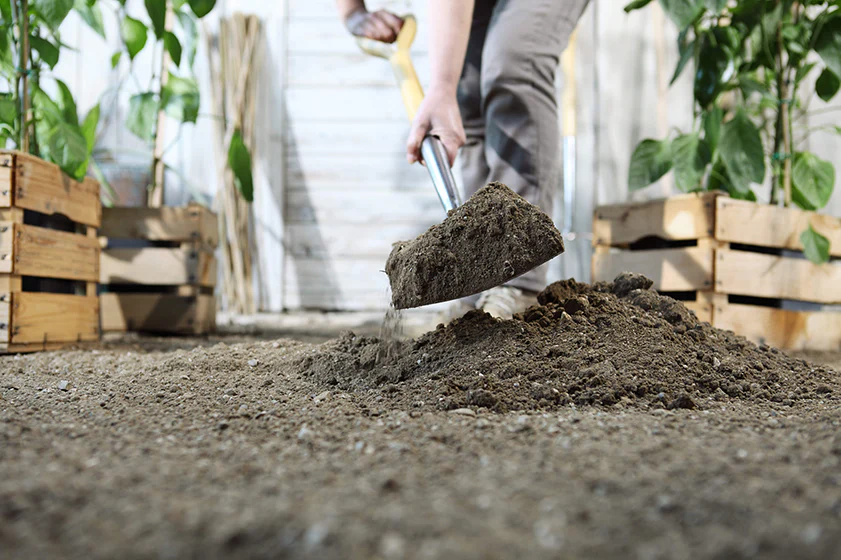Healthy soil is the foundation of every thriving garden. Whether you’re growing vegetables, herbs, flowers, or fruit trees, your plants rely on the nutrients, texture, and structure of the soil to support their roots and fuel growth. Many home gardeners overlook soil health, leading to poor harvests, weak plants, and persistent pests.
In this complete guide, we’ll show you how to test and improve soil for gardening — using both simple DIY methods and professional techniques — and provide tips to enrich your soil naturally for better, healthier plants.
Why Soil Testing Matters

Before planting anything, it’s essential to understand your soil’s condition. The nutrients, pH, drainage, and texture of soil directly affect how well your plants grow.
Benefits of soil testing:
- Identify nutrient deficiencies or toxicities.
- Determine soil pH for plant compatibility.
- Prevent over-fertilizing or unnecessary amendments.
- Diagnose plant health issues.
- Improve soil fertility and structure for stronger roots.
Healthy soil = happy plants.
Key Properties of Good Garden Soil
To grow healthy, productive plants, soil should ideally be:
- Well-draining yet moisture-retentive
- Rich in organic matter
- Balanced in essential nutrients (nitrogen, phosphorus, potassium)
- pH neutral or slightly acidic (6.0–7.0) for most plants
- Loamy texture — a balanced mix of sand, silt, and clay
How to Test Soil at Home

You don’t need expensive lab tests to get a good idea of your soil’s health. These simple DIY tests help you understand your soil’s condition quickly.
Soil Texture Test (Jar Method)
Why it matters: Texture affects drainage, aeration, and nutrient retention.
How to test:
- Fill a glass jar halfway with garden soil.
- Add water, a drop of dish soap, and shake well.
- Let it settle overnight.
Observe the layers:
- Sand settles first.
- Silt forms the middle layer.
- Clay sits on top.
Ideal soil: Loam, roughly 40% sand, 40% silt, 20% clay.
Soil pH Test (Vinegar and Baking Soda Method)
Why it matters: pH affects nutrient availability to plants.
How to test:
- Take two soil samples in separate containers.
- Add vinegar to one. If it fizzes — soil is alkaline.
- Add water and baking soda to the other. If it fizzes — soil is acidic.
- No fizz? pH is likely neutral (around 7).
For accuracy: Use an affordable soil pH meter or home testing kit.
Drainage Test
Why it matters: Poor drainage leads to root rot; excessive drainage deprives roots of moisture.
How to test:
- Dig a hole 1 foot deep and wide.
- Fill with water and let it drain.
- Refill with water, time how long it takes to drain completely.
Ideal: 1–2 inches per hour.
Soil Compaction Test (Screwdriver Test)
Why it matters: Compacted soil prevents root growth and proper aeration.
How to test:
- Insert a screwdriver into the soil.
- If it goes in easily — soil is loose and healthy.
- If difficult to push — soil is compacted and needs loosening.
When to Get a Professional Soil Test

If you’re starting a large vegetable garden or dealing with serious plant health issues, a lab soil test is worthwhile. It provides:
- Exact nutrient levels
- Organic matter content
- Soil pH
- Heavy metal contamination checks (lead, arsenic, etc.)
Contact local agricultural extension services or gardening centers for affordable testing services.
How to Improve Garden Soil
Once you’ve tested your soil, it’s time to enrich it for optimal plant growth.
Add Organic Matter
Organic matter improves soil structure, fertility, and water retention.
Best options:
- Compost (kitchen scraps, leaves, garden waste)
- Well-rotted manure
- Leaf mold
- Vermicompost (worm castings)
How to use:
- Spread a 2–3 inch layer over your soil.
- Work it into the top 6–8 inches.
Adjust Soil pH
Most garden plants prefer slightly acidic to neutral soil.
If too acidic (pH below 6.0):
- Add agricultural lime.
If too alkaline (pH above 7.5):
- Add elemental sulfur, peat moss, or composted leaves.
Test pH again after 3–4 weeks.
Improve Drainage and Aeration
For clay-heavy soil:
- Add coarse sand, perlite, or small gravel.
- Mix in compost or organic matter to lighten the texture.
For sandy soil:
- Add compost, peat moss, or coconut coir to increase moisture retention.
Tip: Avoid working wet soil — it compacts easily.
Use Green Manure and Cover Crops

Planting cover crops like clover, rye, or mustard adds organic matter and improves soil fertility naturally. Till them into the soil before flowering.
Benefits:
- Prevent soil erosion.
- Boost nitrogen levels.
- Break up compacted soil.
Apply Natural Fertilizers
Supplement nutrients based on your soil test results.
Organic options:
- Bone meal: Phosphorus boost.
- Blood meal: Nitrogen-rich.
- Wood ash: Raises pH and adds potassium.
- Fish emulsion: Fast-acting balanced feed.
- Compost tea: All-purpose liquid fertilizer.
Apply every 3–6 weeks during the growing season.
Mulch Regularly
Mulching conserves moisture, regulates soil temperature, and suppresses weeds.
Use organic mulches like:
- Straw
- Wood chips
- Grass clippings
- Shredded leaves
Spread a 2–3 inch layer around plants but keep mulch away from stems.
Maintenance Tips for Healthy Garden Soil

- Avoid stepping on garden beds — it compacts the soil.
- Rotate crops yearly to prevent nutrient depletion.
- Keep adding compost annually.
- Mulch throughout the year.
- Test your soil every 1–2 years.
Healthy soil is a living, dynamic environment that improves with care.
Final Thoughts
Soil health is the heartbeat of your garden. By regularly testing and improving it, you set the foundation for lush, vibrant plants and abundant harvests. Whether you’re planting vegetables, herbs, or flowers, knowing how to test and enrich your soil ensures your garden stays productive and resilient.
A little time spent nurturing your soil today will reward you with healthier, happier plants tomorrow.





Leave A Comment